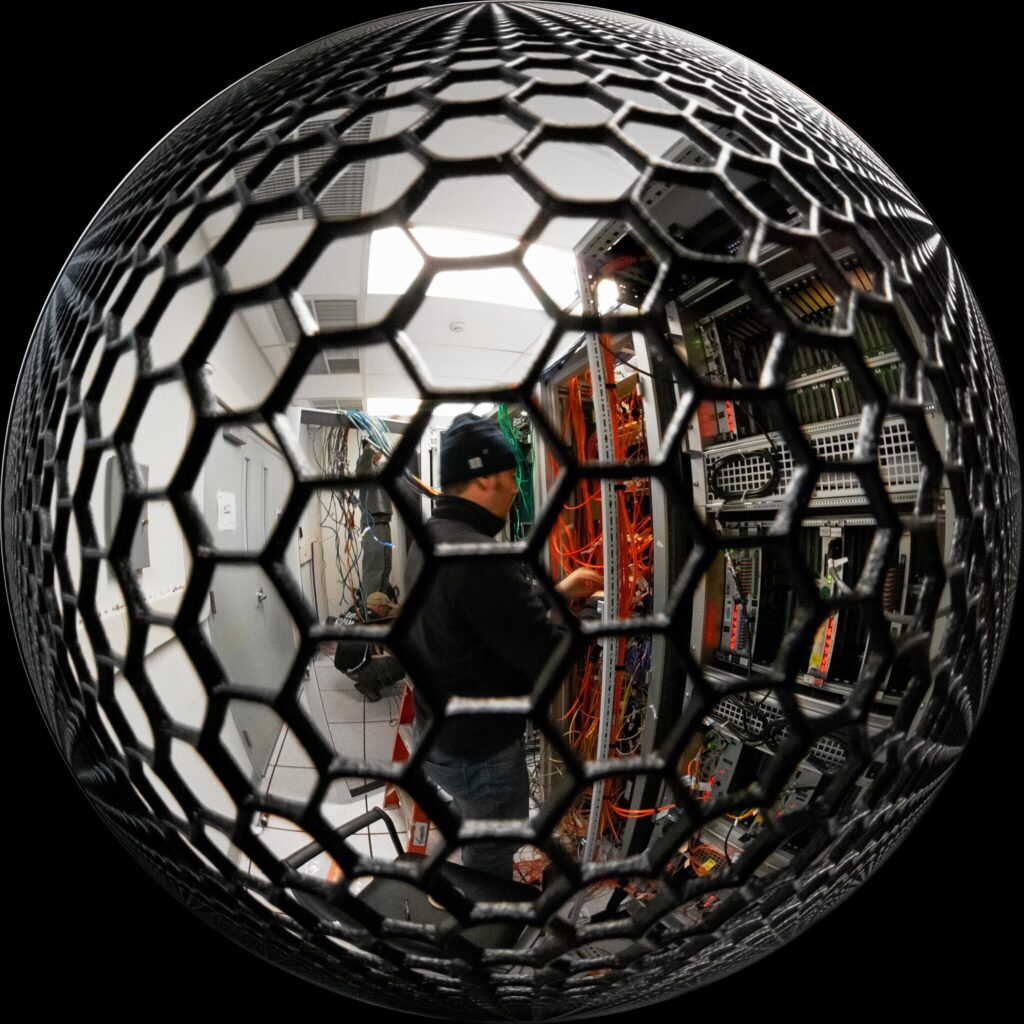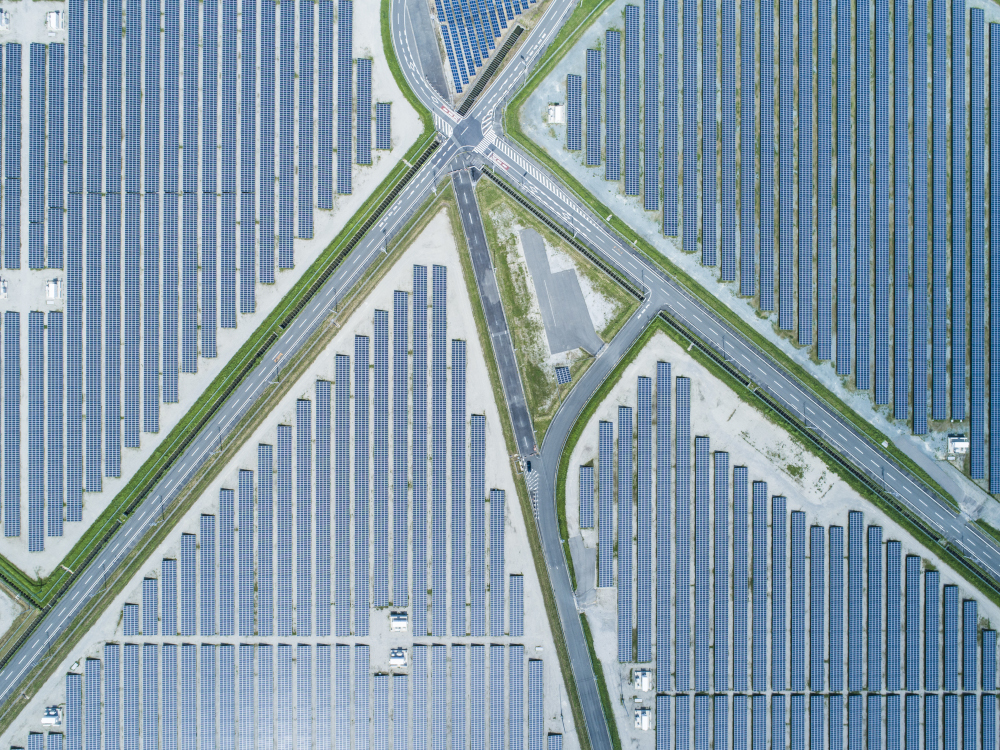Infra investors circle Greenlink as bid deadline nears
Over half a dozen infrastructure investors are said to be considering bids due next month for Partners Group’s Greenlink, an asset with core and core plus characteristics expected to fetch an equity value of up to GBP 500m.
KKR Infrastructure, APG, and Swiss Life are said by sources familiar to be likely front-runners at this stage for the asset, which is due to become operational soon at a cost of some GBP 500m to build.
MEAG is also expected to bid as part of a consortium for the business, a 190km electricity transmission link between Wexford in Ireland and Pembrokeshire in Wales across the Irish Sea, sources said.
National Grid Ventures, which is currently embarking on a major multi-billion pound overhaul of the UK’s ageing transmission network, is also considering making an offer, according to three sources.
Equitix, Igneo Infrastructure Partners, Macquarie, AIP Infrastructure, Copenhagen Infrastructure Partners, and Allianz are among other names said by sources to be running the ruler over the asset.
The 500 MW interconnector is expected to fetch an equity price of between GBP 250m and GBP 500m – equivalent to an enterprise value of up to GBP 1bn including the GBP 500m of debt already raised to fund the project’s construction costs, according to sources. The final price will depend largely on forecasts around expected demand for the project.
The asset on paper would attract investors with core and core plus appetites, given it already has solid guaranteed contracts as well as merchant elements.
The core part includes a cap and floor with UK and Irish transmission system operators making up any shortfalls below a floor price of GBP 15m and Greenlink paying back any revenues above a cap of GBP 31m. One uncertainty is that the cap and floor figures remain provisional and have not been formally agreed by the Irish and UK energy regulators.
The cap and floor is based on the total of all Greenlink’s revenue streams, including congestion rent, capacity market earnings, ancillary services, and any insurance payouts received throughout the year
Greenlink’s capacity market contracts alone will “bring revenues [to around] the floor level”, according to a sale teaser. These capacity market arrangements include a 10-year contract for 220 MW at a price of EUR 83,050 per MW. Greenlink also has a one year capacity contract in the UK.
Meanwhile, Greenlink’s ancillary services are “expected to materially contribute to [the firm’s] total revenues”, according to the sale teaser.
On top of this Greenlink will provide top up power whenever there is an energy demand in UK and Ireland – a potentially key part of the revenue stack, but also the least known. This demand is described not as emergency power, more to do with moving power from the country with the cheapest power to the country with the higher prices.
“Energy regulators in Ireland [the CRU and Ofgem] will only approve use of the interconnector when they deem it will be a net financial benefit,” a sector expert said. A financial advisor exploring the asset’s economics said “the interconnector has no value if the UK and Ireland have the same power level, but added that “if a delta arises between the two then power needs to transfer and that’s where the margin is”.
Notwithstanding this, Ireland looks set to need power from the UK for the foreseeable future, particularly given it has insufficient generation to cope with rising demands from electric vehicles and data centres. Advisory firm Cornwall Insights recently reported that existing and contracted capacity projects in Ireland total some 4 GW of solar and just over 5 GW of onshore wind by 2030, falling 4 GW short of the required capacity for both technologies.
The “power mix” between the two countries is different, said one source, “not least as the UK has nuclear and is investing to build more, while Ireland doesn’t have any nuclear”.
Batteries, which can provide the additional cheap power when needed and also seek ancillary contacts, are said to be competitors to Greenlink, with one energy expert saying they might be “interconnectors’ nemesis”. However, other energy experts pointed out that batteries export usually for between two and four hours, while interconnectors do not have such limits.
Greenlink has many certainties, not least the promise of a cap and floor regime supported by capacity contracts. But, as one financial advisor put it, it is an asset that is a “bit more complex and challenging for infrastructure funds to get their heads around”, not least given much of its revenues will be around forecasting day to day energy trading between the UK and Ireland.
APG, Partners Group, UBS, National Grid Ventures, Allianz, Igneo Infrastructure Partners, Equitix and Macquarie declined to comment.
KKR Infrastructure, Swiss Life, MEAG, Copenhagen Infrastructure Partners, AIP Infrastructure did not respond to requests for comment.










